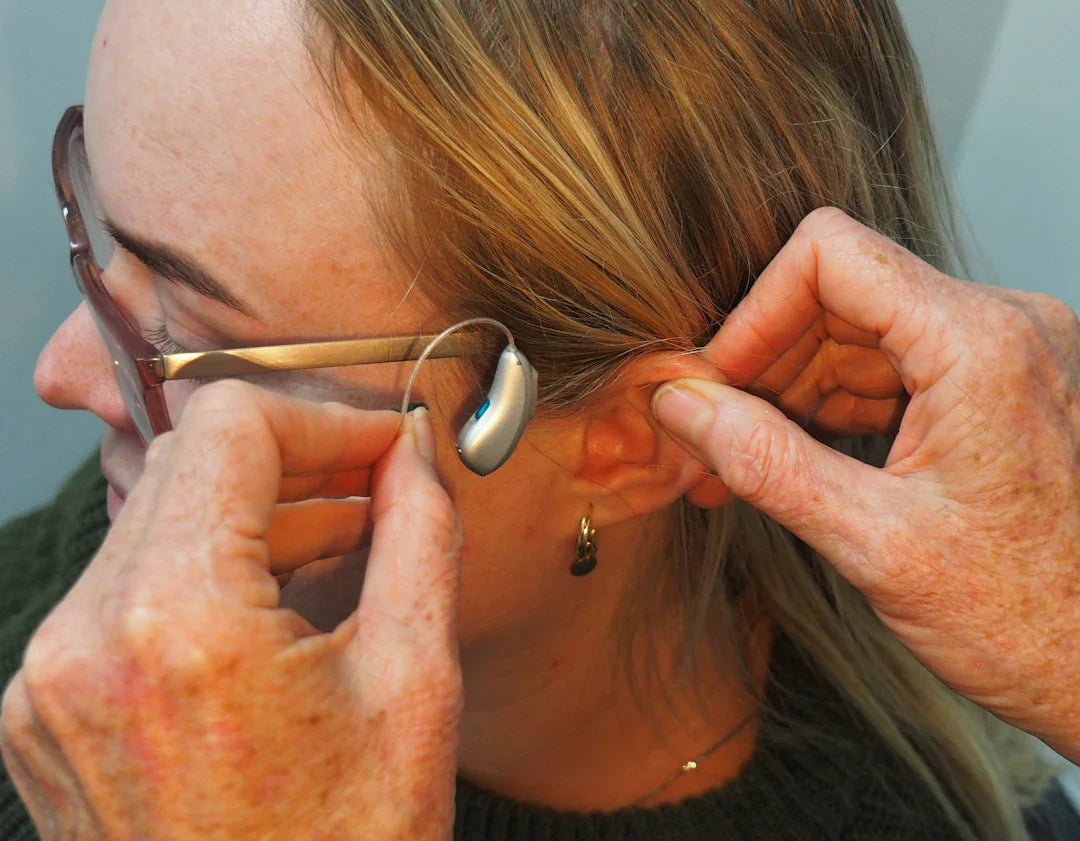Welcome to your ultimate guide on hearing aid batteries! If you're part of the growing number of people experiencing hearing loss, you may have questions about how your hearing aids function, specifically related to their power source. Hearing aids are pivotal when it comes to enhancing your auditory experience, and understanding their batteries can significantly improve your overall hearing care. In this article, we'll delve into the types of batteries used, their lifespan, and tips on how to extend that lifespan, ensuring you get the most out of your device.
The Types of Hearing Aid Batteries
When it comes to hearing aid batteries, there are primarily two types you’ll encounter: disposable and rechargeable batteries. Each type has its own set of pros and cons, making it essential to choose the right one for your needs.
Disposable Batteries
Disposable batteries are the traditional power source for most hearing aids. They typically come in various sizes, commonly designated by colour codes. The sizes include:
- Size 10 (yellow): Usually used for smaller hearing aids.
- Size 312 (brown): Appropriate for a wide range of devices.
- Size 13 (orange): Ideal for larger hearing aids.
- Size 675 (blue): Mainly used for powerful receivers.
These batteries have a shelf life of about three years if kept in their packaging and away from humidity. However, once opened, they typically last from 3 to 14 days, heavily depending on usage and the type of hearing aid.
Rechargeable Batteries
Rechargeable batteries have become increasingly popular thanks to their convenience. Offering the advantage of never running out of power unexpectedly, rechargeable hearing aids often come with a charging station that can be plugged into any power outlet. Their lifespan can last anywhere from 1 to 3 years before they need to be replaced, depending on usage and charging habits.
The Lifespan of Hearing Aid Batteries
The lifespan of your hearing aid batteries can be influenced by several factors. Understanding these can help you ensure they last as long as possible, minimizing the need for frequent replacements.
Factors Affecting Battery Life
- Usage: Heavy listeners will naturally deplete their batteries faster. If you frequently use additional features on your hearing aids, such as Bluetooth connectivity, your battery life may decrease.
- Environment: Humidity and extreme temperatures can affect battery functionality. For example, exposure to moisture can lead to corrosion, whereas extreme cold can shorten battery lifespan.
- Earwax Removal: The buildup of earwax can also impact the performance of your hearing aids and their batteries. Regular earwax removal is essential for maintaining optimal device performance.
- Age of the Battery: The older a battery is, the more its power diminishes. Therefore, always check the expiration date if you’re using disposable batteries.
- Battery Type: Typically, rechargeable batteries might have a longer lifespan compared to disposable batteries, but they also depend on charging habits.
Extending the Lifespan of Hearing Aid Batteries
Now that you understand the factors affecting battery lifespan, let’s look at ways to maximise your hearing aid batteries' longevity.
Tips for Maximising Battery Life
- Store Properly: Always store batteries in a cool, dry place. Avoid bathrooms or places with high humidity.
- Remove When Not in Use: If you won't be using your hearing aids for an extended period, remove the batteries to prevent any leak damage.
- Turn Off When Not in Use: Many hearing aids come with a power-off feature. Activating it when you're not using your devices can significantly save battery life.
- Battery Check: Regularly check the functionality of your batteries. If they are nearing depletion, replace them proactively.
- Regular Maintenance: By ensuring that your hearing aids are clean and not blocked by earwax, you can reduce the strain on the batteries.
Understanding Battery Indicators and Alerts
Many modern hearing aids come equipped with features that alert you when battery life is low. Understanding these indicators is crucial for effective hearing care. Here’s what to look for:
Visual Indicators
Some hearing aids display a low battery alert through lights on the device itself. Frequent flashes may indicate a need for battery replacement soon.
Audio Alerts
Many devices also provide audio alerts. The sound may vary from a single beep to a series of beeps, signalling that it’s time to change the batteries.
When to Replace Your Hearing Aid Batteries
Knowing when to replace your hearing aid batteries is essential for seamless hearing care. Here are some signs to watch for:
- Consistent feedback noise or distortion.
- Difficulty hearing at your usual levels.
- The batteries feel warm to the touch, suggesting they’re working harder than usual.
The Role of Audiology in Battery Management
While many of these practices can be managed by you, consulting a professional in audiology can offer additional insights. Audiologists have in-depth knowledge about hearing care and can guide you in selecting the best hearing aid and battery type for your needs. They can provide comprehensive check-ups to ensure your devices are functioning smoothly and the batteries are in optimal condition.
Battery Replacement Services
Some audiology clinics provide battery replacement services, making the process seamless for users. Regular consultations can help you understand your device’s needs, including battery checks.
Innovations in Hearing Aid Batteries
As technology advances, so does the world of hearing aids and their batteries. Innovators in the field have been working on groundbreaking advancements that promise extended battery life, quick charging capabilities, and even battery management systems that can allow users to monitor their power source via mobile applications.
The Future of Hearing Aids
Beyond battery management, hearing aid technology continues to evolve. Features such as the Phonak TV Connector, Bluetooth capability, and innovative sound technology enhance the user experience significantly. However, with added features comes the need for reliable battery performance. Being aware of battery management will allow you to use these features optimally without the worry of running out of power.
The Bottom Line: Powering Your Hearing Journey
Understanding hearing aid batteries is crucial for anyone experiencing hearing loss. Whether you opt for disposable or rechargeable batteries, knowing how to take care of them ensures that you will have uninterrupted access to the sounds that mean the most in your life. With proper management and attention, you can easily navigate your hearing care and amplify your auditory experiences.
Maximise your hearing aids' efficiency today by staying informed and proactive! Embrace the wonderful world of hearing care, and enjoy every sound life has to offer.




